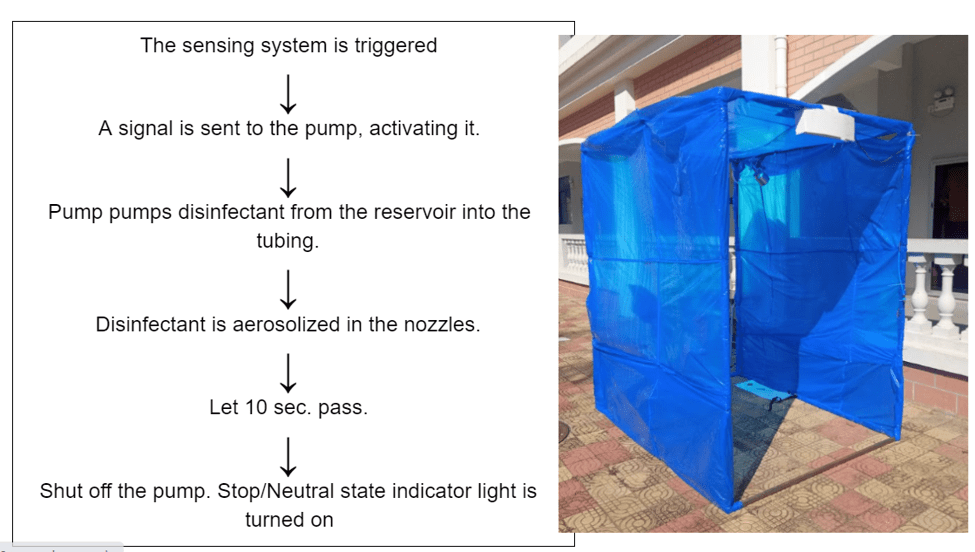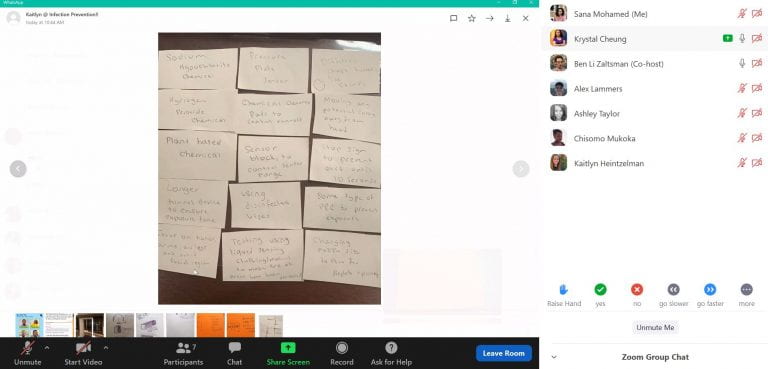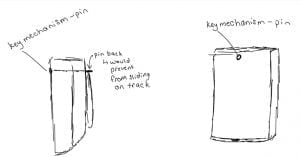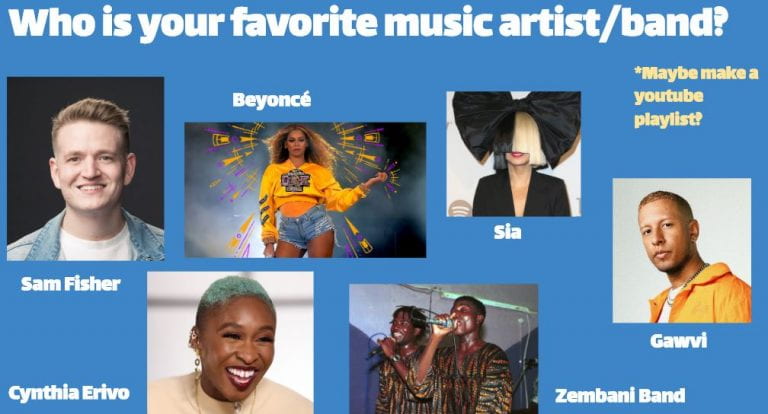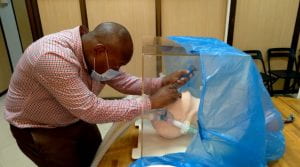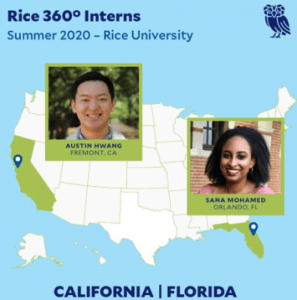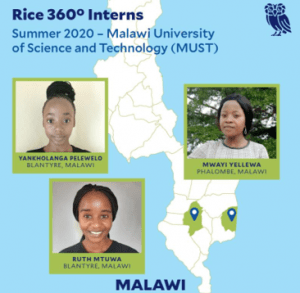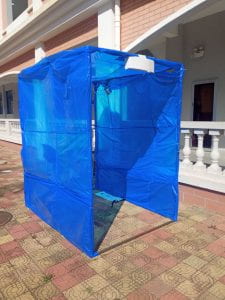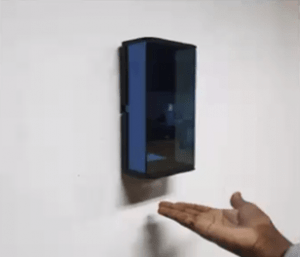As I write my blog for week two, I realize that I feel very different from how I felt at this same time last week. Last week everything was new. The project was new, the team was new, the virtual internship experience was new, everything was new. This week I feel more like a pro. In the past seven days, my teammates and I have dug so much deeper into our project, we have gotten to know each other on a more personal level, and we have figured out how to do virtual meeting that work best for us.
I learned so much this week. While I feel like I understood our project last week, the workshops from the last seven days have helped us to analyze the knitty-gritty aspects of an engineering design project. With this information, I have been able to look more closely at all of the pieces that must come together in order to create a successful product. There were aspects that I hadn’t even considered until the workshop highlighted its importance in the process.
The week started with a workshop by Dr. Wettergreen from the Oshman Engineering Design Kitchen at Rice. We gave him a brief presentation on our project which highlighted the current prototype, the areas for improvement, our current ideas and solutions, and our design criteria. He gave us quality feedback on both the presentation and on our prototype. During his workshop he highlighted ways to change the framing of your project so that it becomes more manageable and of higher quality for the end user. He also gave us the tools to brainstorm more effectively and to give quality constructive feedback while respecting the effort that another person has put into a project, presentation, etc. Arguably the most important thing that we learned from Dr. Wettergreen was the prototype evaluation. Using this tool, we were able to assess exactly where we were in the design process for each specific aspect of our design. This allowed us to highlight the places where we were confident and moving forward nicely as well as the areas that we were struggling and could use some guidance. The prototype evaluation really set the tone for the rest of the week, as we now knew where we stood in the design process.
“Let’s disinfect masks so that they can be reused” doesn’t initially sound like a very challenging concept. We learned quickly that even when problems do not sound very complicated or difficult, there is a lot that goes into solving the problem. To me, our project quickly went from “not too challenging” to “where in the world do I start.” On Tuesday, we had a workshop with Mr. Repisky of Torc Robotics which went a long way to helping me mentally break down the project. I had never done problem decomposition before, so Mr. Repisky’s workshop taught me quite a lot. We learned how to break down problem or project into manageable chunks that could then be solved. At first, I had trouble seeing how this applied to our project, and our first try at problem decomposition wasn’t the best:
After some consultation with our TAs, watching a YouTube video, and some serious editing, we were able to grasp the idea behind problem decomposition and created a more useful and complete version:

This way we could start thinking about each of the independent functions that go into our design. Instead of thinking about entire solutions, we were able to start brainstorming for specific functions. This allowed me to think outside of the mental box that I had previously been in and really opened up our brainstorming (more on that later).
On Wednesday, Dr. Volz lead a workshop on online presentations and on listening. I really got a lot out of the listening portion of the presentation. Not only could active listening improve my team’s ability to connect with and understand stakeholders, but active listening could also help me to become a better teammate (both on my internship team and on my XC/track team), a better student, and a better leader. Through active listening, I am going to able to connect with my teammates on a much deeper and more personal level.
Thursday focused on Health Disparities and on Brainstorming. There is rarely a discussion on health disparities that isn’t extremely eye-opening for me. To see how the access to healthcare is so skewed both here in the US and abroad is a reminder of the why we are passionate about global health. The brainstorming session was great for our team because we were able to use the problem functions that we had defined earlier in the week as separate boxes in which to brainstorm. This kept us from having one ideal prototype in mind that would constrict our creativity. We came up with many ideas, including quite a few new concepts that we hadn’t discussed before. This helped us to further think about the specific parts of our prototype and the work that needed to be done on each part in order for a prototype to match our ideal solution.
Friday was all about the stakeholder. I don’t think I had realized how important stakeholders are in the engineering design process until Dr. Gobin gave this workshop. There were so many aspects of stakeholder relations that I had never considered. Not only is the product/design going to affect many people, but many people/organizations/regulations/etc. are going to affect the product/design. I also learned quite a bit about prioritizing stakeholders which helped us to create a stakeholder map. This way we are able to see how much of an effect each stakeholder is going to have on the project and how much we need to emphasize designing a product that caters to that stakeholder’s needs.
Throughout this week, my team got 100x closer. After each team meeting, we would chat for up to an hour or two. We got to know each other a lot more closely in this past week. We talked about everything from the school systems in the US and Malawi to our favorite music artists. We played a team bonding game on Saturday which tested how well we knew our teammates and for the most part we were spot on! It is such a joy to be working on these projects with these teammates and I honestly enjoy each and every team meeting, work session, and friendly chat that we have. I can’t believe that the first 1/3 of the internship is already over. That being said, I’m excited for the next month! I can’t wait to see what it holds.
-Andrew 🙂

